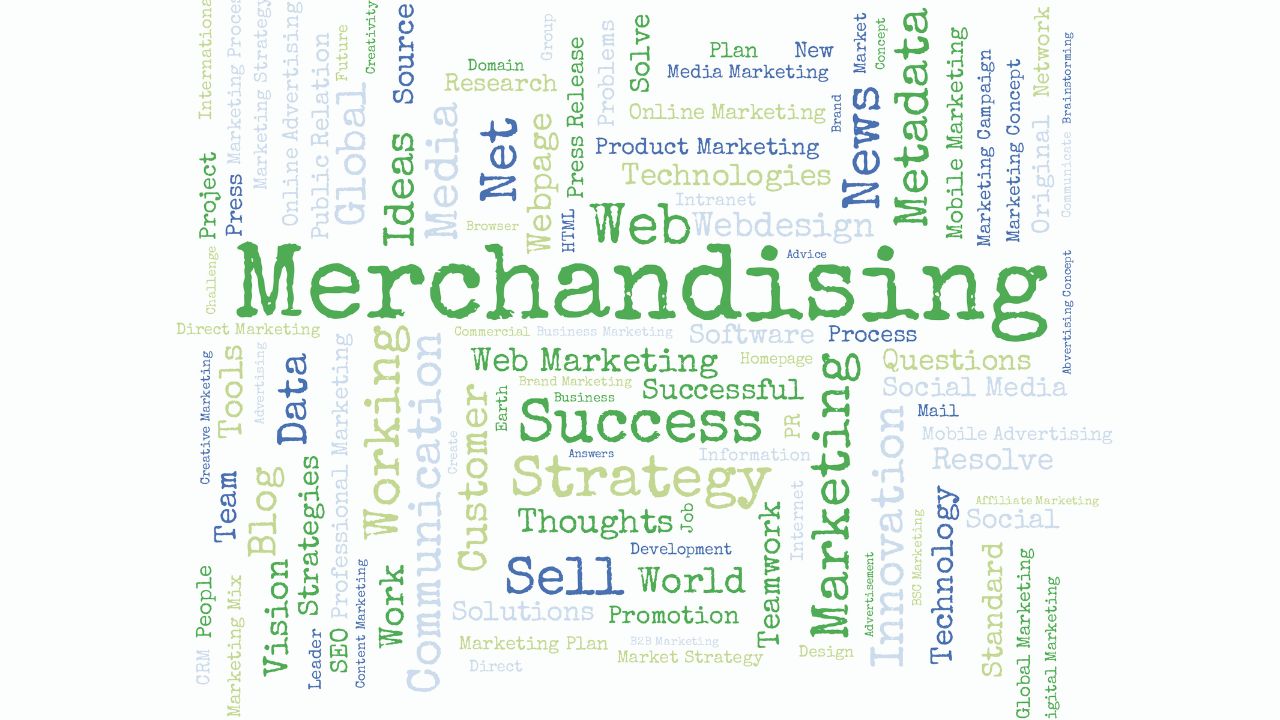Understanding the differences between merchandising vs marketing is crucial for businesses looking to increase sales and enhance customer experience. While both play vital roles in business success, they focus on different aspects of the buying journey.
This blog will explain how merchandising and marketing collaborate to attract potential customers, boost engagement, and build a strong brand identity.
What is Merchandising?
Merchandising involves the strategic planning and execution of how products are eye-catching displayed, priced, and promoted to drive sales. A strong merchandising strategy ensures that products are positioned effectively in retail stores or online to attract the target audience. This includes factors such as:
- Product placement: Ensuring the right products are in the right locations.
- Pricing and promotions: Implementing pricing strategies to maximize revenue.
- Visual merchandising: Designing appealing displays to capture customer attention.
- Stock management: Ensuring products are available when needed.
- Data analytics: Using insights to optimize product positioning and sales.
- Brand image: Ensuring merchandising aligns with overall branding efforts.
What is Marketing?
Marketing is the broader strategy used to create awareness and demand for a brand’s products or services. It involves research, market trends, and marketing strategies to target the right audience. Effective marketing includes:
- Brand identity development to differentiate products.
- Social media campaigns to engage with potential customers.
- Content marketing to educate and build trust.
- Paid advertising to reach a wider audience.
- Customer experience optimization to improve brand loyalty.
- Long-term growth planning through targeted campaigns.
Merchandising vs Marketing: Key Differences
Though often used interchangeably, merchandising vs marketing serve distinct purposes. Here’s a breakdown of their key differences:
| Aspect | Merchandising | Marketing |
| Focus | Product presentation and pricing | Brand awareness and customer engagement |
| Goal | Optimize product display to increase sales | Build demand and attract a target audience |
| Strategy | Merchandising plans, in-store promotions, pricing strategies | Campaigns, content creation, data analytics |
| Tools | In-store displays, product placements, promotions | Social media, SEO, paid ads |
| Impact | Drives impulse purchases and enhances the shopping experience | Builds long-term brand loyalty |
How Merchandising Influences Buyers
Merchandising vs marketing both play roles in shaping consumer behavior, but visual merchandising has an immediate impact. Customers are more likely to buy when products are strategically placed, priced effectively, and eye-catchingly displayed. A well-organized store layout or e-commerce site significantly enhances the customer experience.
The Power of Visual Merchandising
Creating an appealing store layout or online product display influences customer experience and buying decisions. Well-organized shelves, attractive lighting, and high-quality product images in e-commerce stores can significantly impact.
Pricing and Promotions
Pricing strategies directly affect buying behavior. Competitive pricing, discounts, and bundling options encourage customers to make quick purchasing decisions. A well-executed merchandising plan considers product price and promotional timing to maximize conversions.
Stock Availability
No matter how effective a marketing campaign is, if a product is out of stock, customers will turn to competitors. Effective merchandising ensures proper inventory management, so customers always find what they need.
Data Analytics in Merchandising
Retailers use data analytics to track sales trends, customer preferences, and inventory levels. Analyzing this data helps businesses adjust merchandising plans to improve performance and increase sales.
How Marketing Influences Buyers
Marketing is about creating a connection between the brand and the target audience. It ensures that the right message reaches the right people at the right time.
Understanding Market Trends
Successful marketing strategies rely on data analytics to identify market trends and consumer preferences. By staying updated, businesses can adjust their approach and stay ahead of the competition.
Social Media and Digital Engagement
With billions of users on social media, platforms like Instagram, Facebook, and LinkedIn offer opportunities to engage customers. Influencer partnerships, engaging content, and targeted ads help businesses reach their potential customers effectively.
Brand Image and Trust Building
A strong brand identity influences customer perception. Storytelling, testimonials, and consistent messaging across platforms help build trust and loyalty. This encourages repeat purchases and long-term relationships.
The Role of Pricing Strategies in Marketing
Marketing teams work closely with merchandising teams to develop pricing strategies that appeal to consumers. Discounts, limited-time offers, and tiered pricing structures can all impact a buyer’s decision-making process.
The Synergy Between Merchandising and Marketing
While merchandising vs marketing have different roles, they work best together. A business needs both a strong merchandising strategy and effective marketing to thrive.
For example:
- A well-promoted product will fail if not eye-catching and displayed in stores or online.
- A beautifully arranged product display won’t sell if customers don’t know about it.
- Effective marketing strategies create awareness, while strong merchandising plans convert interest into sales.
- Aligning pricing and promotions with marketing campaigns ensures consistency in messaging.
By aligning merchandising plans with marketing efforts, businesses can increase sales, improve customer retention, and stay ahead in a competitive market.
Final Thoughts
Understanding merchandising vs marketing helps businesses create a seamless shopping experience for their customers. Whether it’s through pricing and promotions, strategic product placement, or digital marketing, both elements are crucial for success.
Ready to Boost Your Marketing and Merchandising Efforts?
If you want to refine your marketing strategies and optimize your merchandising plans, visit Marketing Immersion for expert guidance. Our team can help you align your marketing and merchandising efforts to drive growth and enhance customer engagement.
By combining data-driven insights, effective selling product strategies, and a deep understanding of market trends, businesses can create a sustainable path to success. Whether you’re a startup or an established brand, integrating merchandising vs marketing effectively will help you thrive in today’s competitive landscape.






